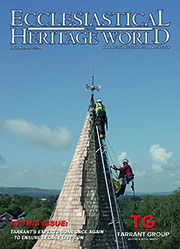The missing stained glass at the heart of our Victorian heritage has been replaced
 The RHN is celebrating the restoration of its beautiful stained glass windows in its Victorian Assembly Room. The original windows, designed in the 1870s, were destroyed in bombing raids in the Second World War. After the war limited funds meant that the broken windows were replaced with plain glass. In recent years the windows and frames had become too fragile and were boarded up.
The RHN is celebrating the restoration of its beautiful stained glass windows in its Victorian Assembly Room. The original windows, designed in the 1870s, were destroyed in bombing raids in the Second World War. After the war limited funds meant that the broken windows were replaced with plain glass. In recent years the windows and frames had become too fragile and were boarded up.
Using a single black-and-white archive image of the original windows, Chapel Studio worked with the Heritage of London Trust (who gave a start-up grant) to design new windows in keeping with the originals. The work cost £230k, which was raised in record time entirely through donations from generous individuals and organisations.
Read more: The missing stained glass at the heart of our Victorian heritage has been replaced
ISCVEx rescheduled to March 2022
 The Institute of Sound, Communications and Visual Engineers (ISCVE) is re-scheduling its annual exhibition and seminar programme for 2021 to March 2022. Already postponed from March 2021 due to the Covid-19 lockdown, the ISCVEx committee, responsible for planning and organising the event for ISCVE announced its decision to reschedule to next year at its recent annual AGM and Members’ Day.
The Institute of Sound, Communications and Visual Engineers (ISCVE) is re-scheduling its annual exhibition and seminar programme for 2021 to March 2022. Already postponed from March 2021 due to the Covid-19 lockdown, the ISCVEx committee, responsible for planning and organising the event for ISCVE announced its decision to reschedule to next year at its recent annual AGM and Members’ Day.
“With the level of uncertainty surrounding the timescale of vaccinations combined with mixed confidence and appetite for attending events, we feel the pragmatic approach is to take ISCVEx off the calendar for 2021 and reschedule for March 2022. This allows visitors and exhibitors to plan ahead in order to attend, what we are confident will be, the best ever ISCVEx event, with our expanding AV presence as well as our core sound roots,” confirms Helen Goddard, President, ISCVE.
Revolutionary Hinowa TeleCrawler 13 gets first UK buyer
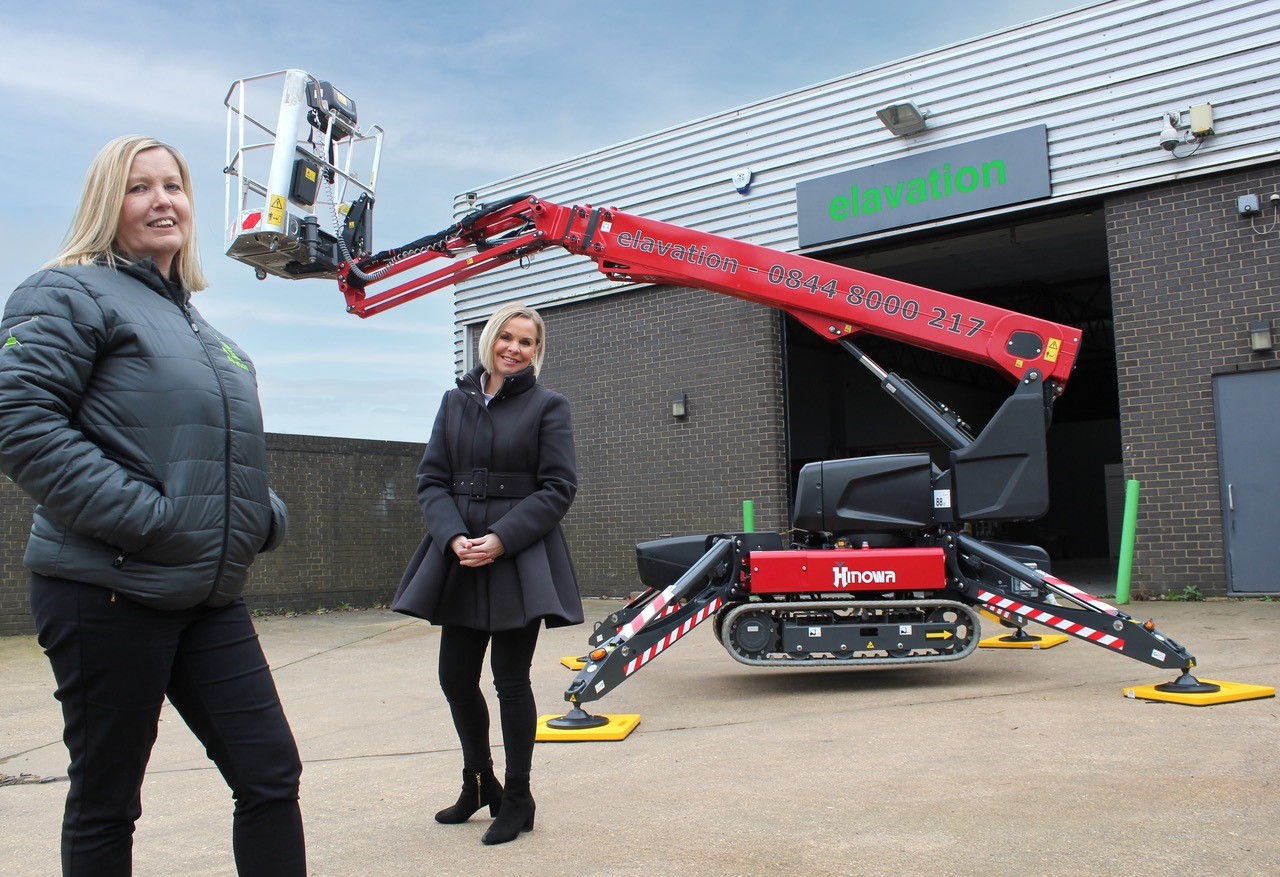 Access Platform Sales has supplied the first groundbreaking Hinowa TeleCrawler 13 in the UK to access rental company Elavation.
Access Platform Sales has supplied the first groundbreaking Hinowa TeleCrawler 13 in the UK to access rental company Elavation.
The Hinowa TeleCrawler 13 is the first tracked spider platform in the world to have all-electric drive.
Access Platform Sales (APS), Hinowa's UK and Ireland authorised distributor, delivered the eco-friendly platform to Elevation's HQ in Wolverton, Milton Keynes.
Read more: Revolutionary Hinowa TeleCrawler 13 gets first UK buyer
Yorkshire brickmaker’s award highlights fight against slavery
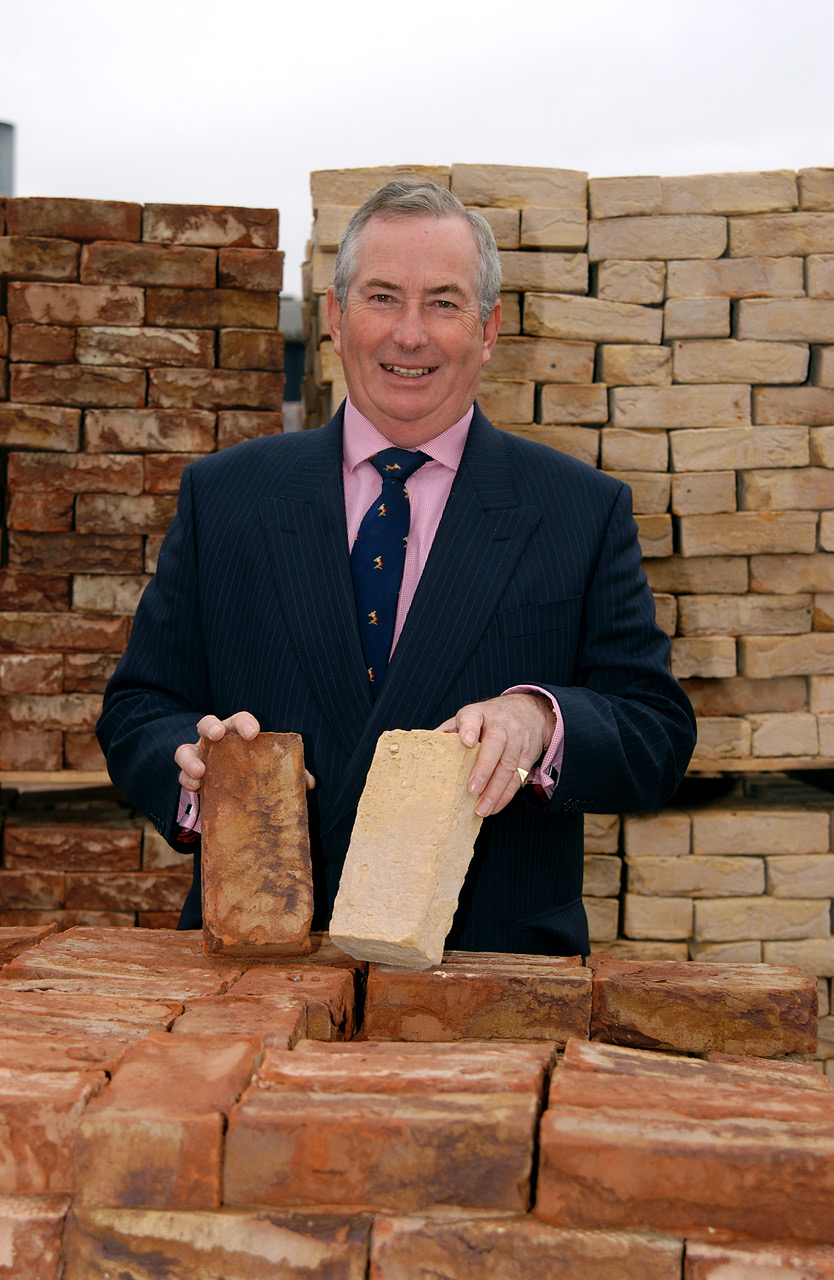 A leading Yorkshire brickmaker has been honoured for its high ethical standards - as the brick industry fights back against the widespread use of child labour and slavery in South East Asia.
A leading Yorkshire brickmaker has been honoured for its high ethical standards - as the brick industry fights back against the widespread use of child labour and slavery in South East Asia.
The Easingwold-based York Handmade Brick Company, the largest independent brickmaker in the north of England, has been awarded the brand-new Brickmakers Quality Charter to underline its moral standards and green credentials.
The award comes from the Brick Development Association, the trade association for the UK’s brick industry.
Read more: Yorkshire brickmaker’s award highlights fight against slavery
Family stone company turn their skills to church and heritage sector
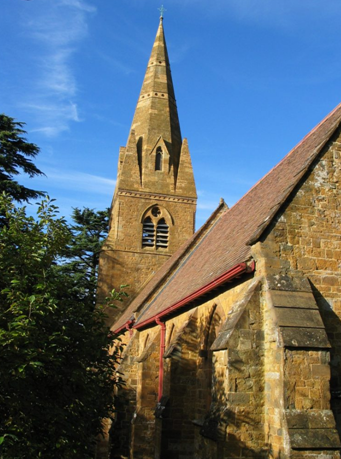 Weldon Stone are a long established and well respected stonemasonry company specialising in the repair, restoration and conservation of stone buildings both as main contractor and specialist subcontractor with over 200 years of combined experience in the field.
Weldon Stone are a long established and well respected stonemasonry company specialising in the repair, restoration and conservation of stone buildings both as main contractor and specialist subcontractor with over 200 years of combined experience in the field.
The company was founded in 1977 by father and son team Derrick and Peter Dunn at the Weldon Stone quarry near Corby in Northants and extracted the remaining rare and beautiful Weldon Stone whilst developing the stonemasonry side of the business.
Read more: Family stone company turn their skills to church and heritage sector
Protecting places of worship during the pandemic
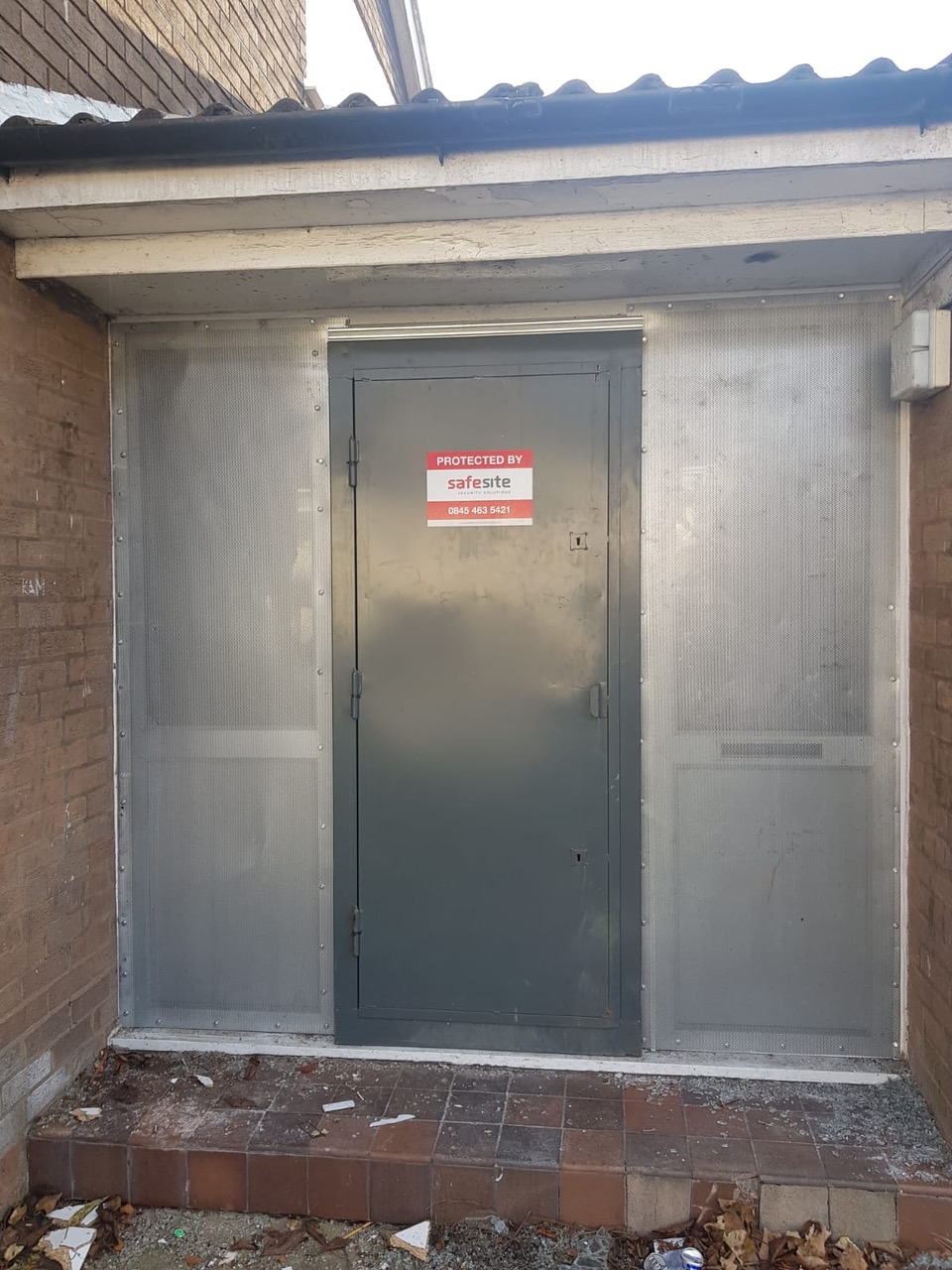 Places of worship were among the list of buildings closed in early attempts to slow the spread of coronavirus, during the first national lockdown in March 2020. Initially, instructions for clergy permitted those who lived nearby to continue to use their church buildings, for prayer and to celebrate the Eucharist.
Places of worship were among the list of buildings closed in early attempts to slow the spread of coronavirus, during the first national lockdown in March 2020. Initially, instructions for clergy permitted those who lived nearby to continue to use their church buildings, for prayer and to celebrate the Eucharist.
However, shortly after the Prime Minister’s announcement on 23 March, the Archbishops of Westminster and Canterbury wrote to all clergy and included them in the widespread closure, stating that “Our church buildings must now be closed not only for public worship, but for private prayer as well, and this includes the priest or lay person offering prayer in church on their own.”
Victorian church embraces modern technology
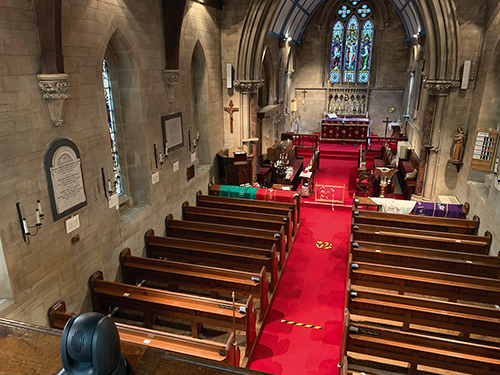 The year is 1873, in the middle of Queen Victoria’s reign. William Gladstone is the Prime Minister of the day and Richard Benyon MP, then owner of Cranham Hall near Upminster in Essex, makes a generous offer to pay for the parish church to be rebuilt. The original parish church of All Saints’, built in the early 14th century, has fallen into a state of disrepair.
The year is 1873, in the middle of Queen Victoria’s reign. William Gladstone is the Prime Minister of the day and Richard Benyon MP, then owner of Cranham Hall near Upminster in Essex, makes a generous offer to pay for the parish church to be rebuilt. The original parish church of All Saints’, built in the early 14th century, has fallen into a state of disrepair.
Many years earlier the selling of silverware and altar equipment had funded repairs to the timber structure but on this occasion a new building was required. The medieval church was demolished just after Christmas 1873 and a new stone church erected in its place. The result was a modern and welcoming Victorian building with a warm internal appearance which remains standing strong.
Temporary renewals implemented for lightning conductor engineer and steeplejack CSCS cards
 The Association of Technical Lightning & Access Specialists’ (ATLAS) Council has voted in favour of temporarily amending the standard CSCS card renewal requirements for its sector, due to coronavirus severely restricting access to training. This has meant the suspension of the requirement for an Anchors for Steeplejacks and/or Working at Height for Lightning Conductor Engineer course in order to renew blue or gold Steeplejack and/or Lightning Conductor Engineer CSCS cards. As a result, on a temporary basis, the Health, Safety & Environment Specialist Work at Height Test will be sufficient to renew a CSCS card, but this will be valid for one year only.
The Association of Technical Lightning & Access Specialists’ (ATLAS) Council has voted in favour of temporarily amending the standard CSCS card renewal requirements for its sector, due to coronavirus severely restricting access to training. This has meant the suspension of the requirement for an Anchors for Steeplejacks and/or Working at Height for Lightning Conductor Engineer course in order to renew blue or gold Steeplejack and/or Lightning Conductor Engineer CSCS cards. As a result, on a temporary basis, the Health, Safety & Environment Specialist Work at Height Test will be sufficient to renew a CSCS card, but this will be valid for one year only.
Thieves increasingly targeting historic properties, warns specialist insurer
 Historic properties are being urged to take steps to prevent being victims of crime following a spate of thefts from churches and stately homes.
Historic properties are being urged to take steps to prevent being victims of crime following a spate of thefts from churches and stately homes.
According to data from Ecclesiastical’s claims team over £400,000 worth of claims have been made relating to the theft of stone since 2015. Since 2016 the figure has doubled pointing to a worrying increase.
The warnings come as the UK’s National Intelligence Unit for Serious Organised Acquisitive Crime (OPAL) reported a spate of incidents in the theft of York Stone from properties in the North of England.
Read more: Thieves increasingly targeting historic properties, warns specialist insurer
John Taylor & Co - founders of the world's finest bells
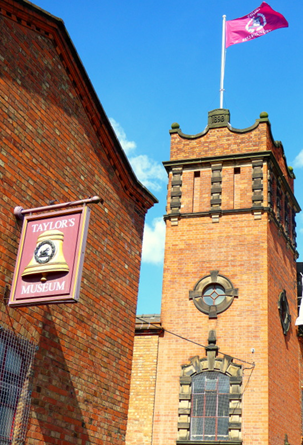 John Taylor & Co. continues a line of bell founding which has been unbroken since the middle of the 14th Century when Johannes de Stafford was active only 10 miles from the site of the present foundry.
John Taylor & Co. continues a line of bell founding which has been unbroken since the middle of the 14th Century when Johannes de Stafford was active only 10 miles from the site of the present foundry.
From 1784 the business was operated by members of the Taylor family, and in 1839 it moved to Loughborough as a condition of a contract to recast the Parish Church bells. The Foundry was moved to its present site in Loughborough in 1859 and is now proud to operate the largest bell foundry in the world.
Read more: John Taylor & Co - founders of the world's finest bells
ISCVE announces two online seminars for Annual Members’ Day
 The Institute of Sound, Communications and Visual Engineers (ISCVE) is pleased to announce two online seminar presentations for its Annual Members’ Day. The online seminars are open to ISCVE members and non-members and will be presented by leading AV industry and Audio industry figures following the ISCVE’s annual general meeting.
The Institute of Sound, Communications and Visual Engineers (ISCVE) is pleased to announce two online seminar presentations for its Annual Members’ Day. The online seminars are open to ISCVE members and non-members and will be presented by leading AV industry and Audio industry figures following the ISCVE’s annual general meeting.
The first presentation, taking place online on 10th March 2021 2:30-3:15pm, is titled ‘AV Over IP using NDI®’ and will be presented by Liam J Hayter, Senior Solutions Architect EMEA, NewTek. The presentation will be taking a look at how NDI® AV over IP technology can deliver next generation AV solutions, from meeting rooms to auditoriums, to TV Studios and Video Conferencing.
Read more: ISCVE announces two online seminars for Annual Members’ Day
Ducie Street Warehouse shortlisted for AJ Retrofit Awards 2021
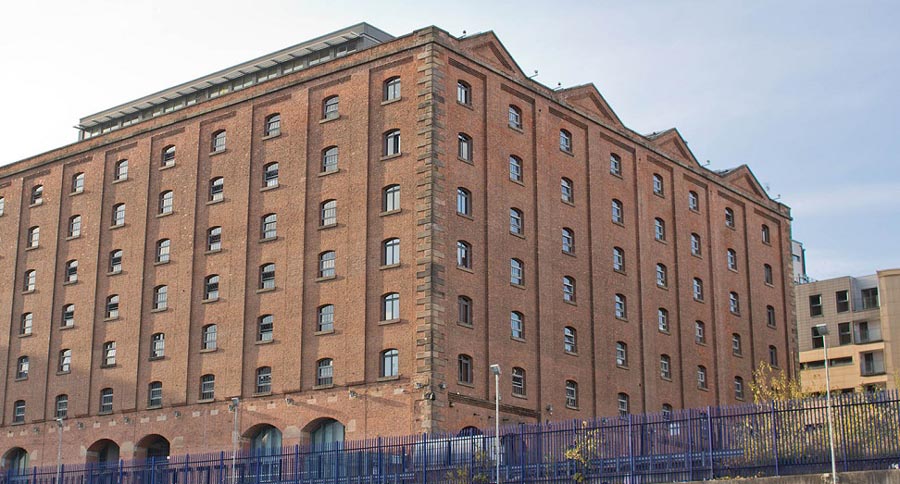 The Ducie Street Warehouse is a vast red brick building of 7 stories high, looming over the Rochdale canal basin in Manchester. It originally belonged to the Manchester, Sheffield and Lincolnshire Railway, and was used to store cotton bales shipped over from America, before they were sent down the canals to the mills of London. Manchester was specially chosen as a hub for the cotton trade because its famously damp weather conditions kept the raw cotton moist enough for milling later.
The Ducie Street Warehouse is a vast red brick building of 7 stories high, looming over the Rochdale canal basin in Manchester. It originally belonged to the Manchester, Sheffield and Lincolnshire Railway, and was used to store cotton bales shipped over from America, before they were sent down the canals to the mills of London. Manchester was specially chosen as a hub for the cotton trade because its famously damp weather conditions kept the raw cotton moist enough for milling later.
Read more: Ducie Street Warehouse shortlisted for AJ Retrofit Awards 2021
New commissions keep heating specialist busy
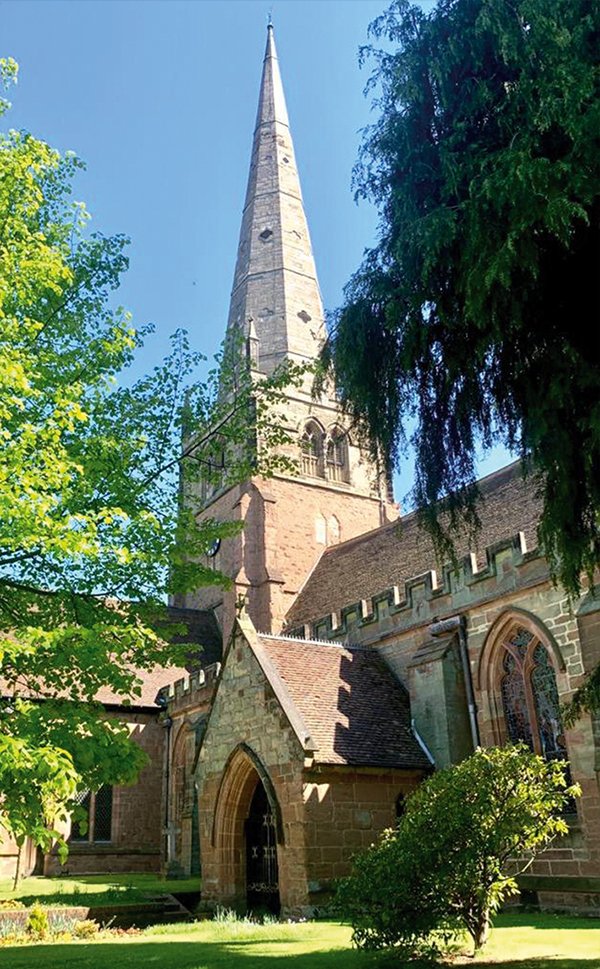 It is turning out to be a busy New Year for specialist church heating contractor Mellor and Mottram and its managing director Stuart Mottram.
It is turning out to be a busy New Year for specialist church heating contractor Mellor and Mottram and its managing director Stuart Mottram.
Fortunately, in these strange times, it doesn’t involve a great deal of travel as the three projects they are due to start imminently are within striking distance of the firm’s Stoke-on-Trent base.
Two of those projects are in churches that are centuries apart in their ages. St Alphege in Solihull, West Midlands (pictured), is a Grade One-listed building, parts of which have stood on the High Street site for over 800 years. It is a flourishing parish church, one of three in the C of E Parish of Solihull.










